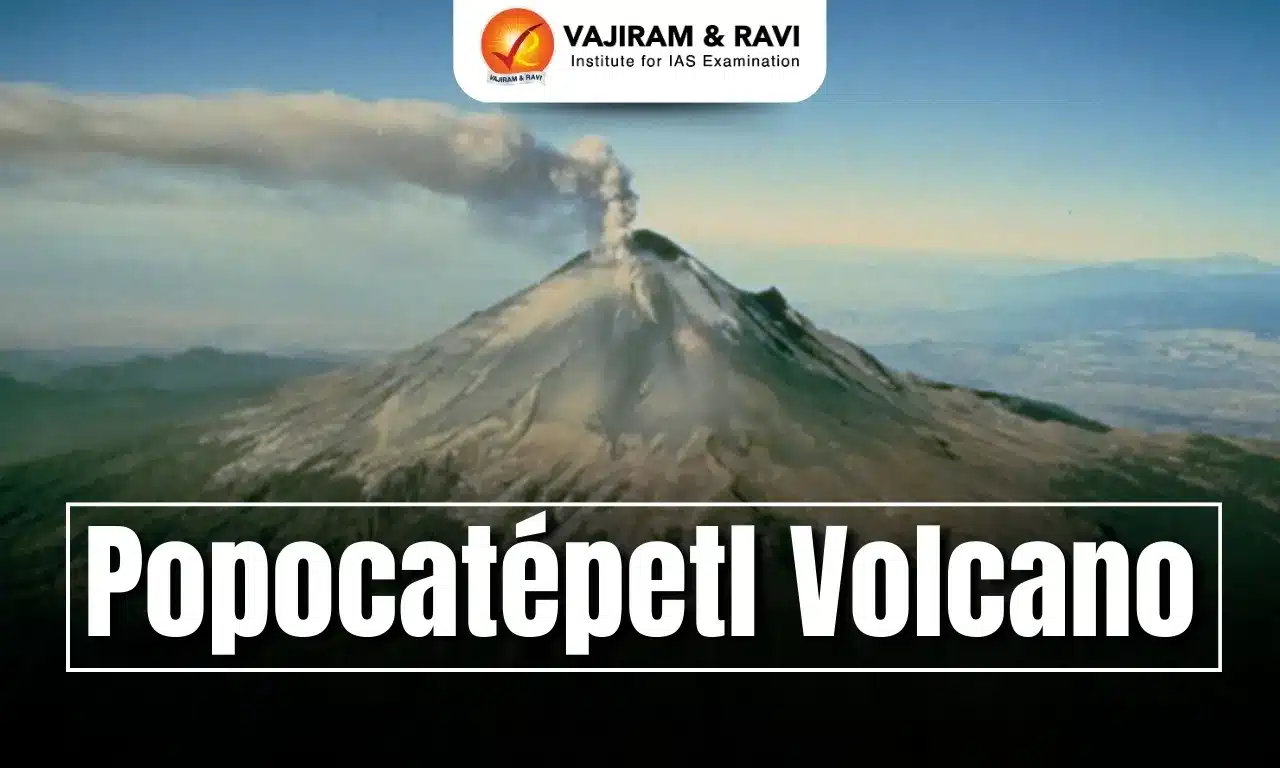About Bojjannakonda:
- It is located in the state of Andhra Pradesh.
- The site was excavated under the aegis of Alexander Rim in 1906.
- It was originally known as ‘Buddhuni konda’ (hill of the Buddha), but it came to be known as ‘Bojjannakonda’ in the course of time.
- Buddhist monks used to practice on the hill about 2,000 years ago.
- A gold coin belonging to the Samudra Gupta period, copper coins of the Chalukya king Kubja Vishnu Vardhan, coins of Andhra Satavahanas and pottery were discovered at the site.
- Features
- An interesting feature of this site is that it shows features of all the three phases of Buddhism: Hinayana, Mahayana and Vajrayana.
- A figure of ‘Kalabhairava’ with the head of Lord Ganesha wearing conch shells and the statue of a Buddhist monk, ‘Harati’, have also been found at the site.
- There is a large double-storeyed cave on the hill.
- The rectangular cave has a doorway and is flanked by ‘dwarapalakas’ on either side.
- There is a rock-cut stupa, standing on a square platform, at the centre of the cave.
- A series of rock-cut caves and monolithic structures standing on rock platforms are present on the northern side of the hill.
- The upper cave has a rectangular doorway flanked by figures of the Buddha on either side.
- The imposing figures of the Buddha, seated in meditation posture, and the stupa are the main attraction for tourists at Bojjannakonda.
- On the top of the hill, there is a group of structural buildings and a vihara (monastery), which has been reduced to ruins.
- To the west of Bojjannakonda, another hillock, Lingalakonda or Lingalametta, is present.
- A number of monolithic and structural stupas can be seen on the top of this hillock.
- The Buddhist temple at Barabodur in Java has been constructed on the lines of the structures on Lingalametta”.
- The caves at Bojjannakonda and those in Takshasila are similar.
- The word ‘Sangrama’ was in use at Takshasila but was never used in Andhra Pradesh. These two features suggest that Buddhist practices influenced Bojjannakonda in northern India,”.
Q1) What is Vajrayana?
It is also known as Tantric Buddhism is one of the major traditions within Buddhism. It is primarily practiced in Tibetan Buddhism, as well as in some forms of East Asian Buddhism such as Shingon Buddhism in Japan. Vajrayana is characterized by its emphasis on esoteric rituals, complex symbolism, and the use of mantras, mudras, and visualizations to attain enlightenment.
Source: Andhra Pradesh’s Bojjannakonda gets major facelift to draw more tourists
Last updated on January, 2026
→ Check out the latest UPSC Syllabus 2026 here.
→ Join Vajiram & Ravi’s Interview Guidance Programme for expert help to crack your final UPSC stage.
→ UPSC Mains Result 2025 is now out.
→ UPSC Notification 2026 is scheduled to be released on January 14, 2026.
→ UPSC Calendar 2026 has been released.
→ UPSC Prelims 2026 will be conducted on 24th May, 2026 & UPSC Mains 2026 will be conducted on 21st August 2026.
→ The UPSC Selection Process is of 3 stages-Prelims, Mains and Interview.
→ Prepare effectively with Vajiram & Ravi’s UPSC Prelims Test Series 2026 featuring full-length mock tests, detailed solutions, and performance analysis.
→ Enroll in Vajiram & Ravi’s UPSC Mains Test Series 2026 for structured answer writing practice, expert evaluation, and exam-oriented feedback.
→ Join Vajiram & Ravi’s Best UPSC Mentorship Program for personalized guidance, strategy planning, and one-to-one support from experienced mentors.
→ UPSC Result 2024 is released with latest UPSC Marksheet 2024. Check Now!
→ UPSC Toppers List 2024 is released now. Shakti Dubey is UPSC AIR 1 2024 Topper.
→ Also check Best UPSC Coaching in India

















